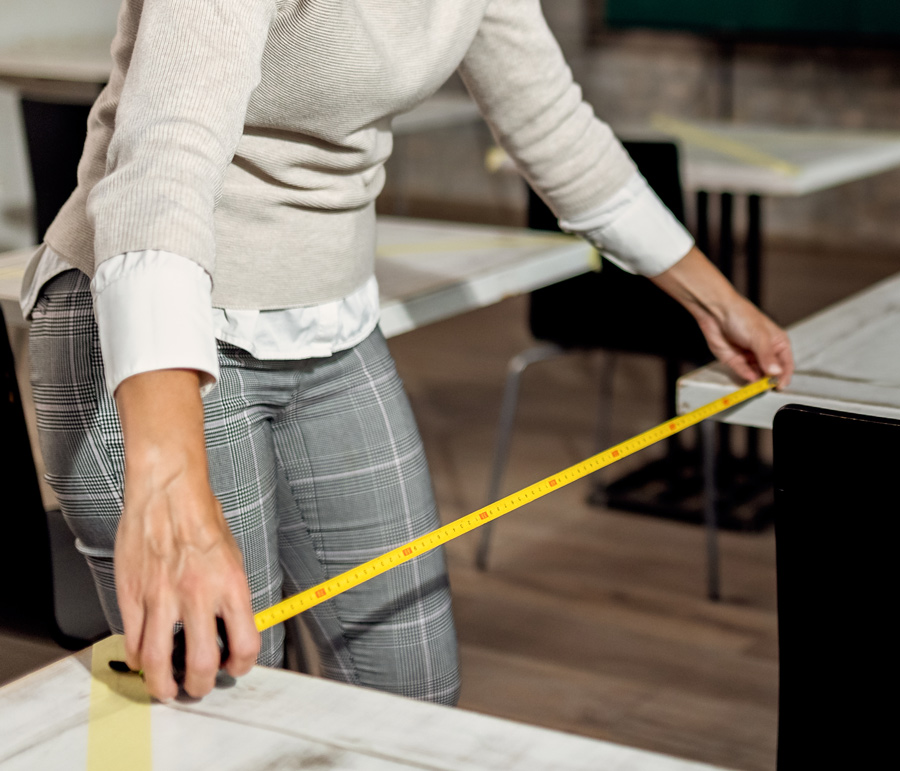
Although the updated guidance does not mandate 3 feet of space between seats, the California Department of Public Health said it “strongly recommends” that schools maintain that standard with additional mitigations, which aligns with new guidance issued by the Centers for Disease Control and Prevention on March 19. The state said the new guidance is designed to reflect the consensus of the latest scientific research on the transmission of COVID-19 between children, specifically studies that were done in Massachusetts, Utah and Wisconsin schools.
A footnote to the letter states that “viability refers to the ability to administer the statewide summative assessment given a district’s specific circumstances in the context of the pandemic. It does not provide an opportunity for states or school districts to choose to administer local assessments in place of the statewide summative assessment.” It is not clear what factors will determine if an LEA’s administration of the summative assessments is not viable, though the level of in-person instruction is likely to be a consideration. CSBA will update members as further clarification is made available from the California Department of Education.
The revised guidance on spacing also responds to one of the terms of the amended temporary restraining order issued on March 18 in A.A v. Newsom, a lawsuit where students sued six San Diego County school districts, Gov. Newsom and members of his COVID-19 response team on the grounds that the CDPH’s Jan. 14 guidance and framework infringed on their constitutional rights to an education. The ruling in A.A. v. Newsom left much of the Jan. 14 framework intact, but did render several items unenforceable, most notably the provisions that prohibited schools in purple tier counties from offering in-person instruction to students in grades seven through 12 and the requirement that student chairs be at least 4 feet apart.